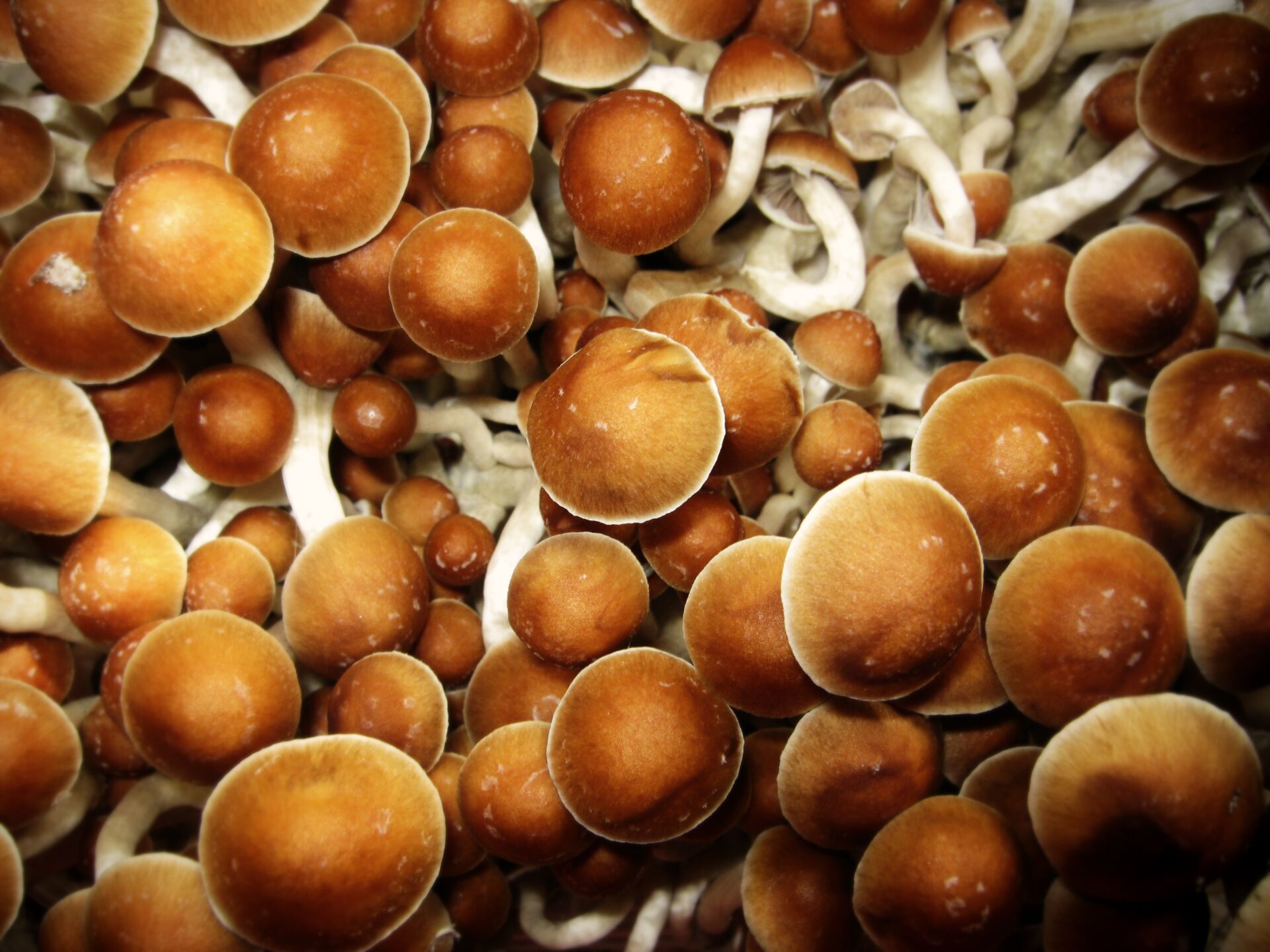Magic mushrooms are wild or cultivated mushrooms that contain psilocybin, a naturally-occurring psychoactive and hallucinogenic compound. Psilocybin is considered one of the most well-known psychedelics, according to the Substance Abuse and Mental Health Services Administrations.
Psilocybin is classified as a Schedule I drug, meaning that has a high potential for misuse and has no currently accepted medical use in treatment in the United States.
Although certain cultures have known to use the hallucinogenic properties of some mushrooms for centuries, psilocybin was first isolated in 1958 by Dr. Albert Hofmann, who also discovered lysergic acid diethylamide (LSD).
Magic mushrooms are often prepared by drying and are eaten by being mixed into food or drinks, although some people eat freshly picked magic mushrooms.
Also Known As: Magic mushrooms are also known as shrooms, mushies, blue meanies, golden tops, liberty caps, philosopher’s stones, liberties, amani, and agaric.
Drug Class: Psilocybin is classified as a hallucinogen.
Common Side Effects: They are known to cause nausea, yawning, feeling relaxed or drowsy, introspective experience, nervousness, paranoia, panic, hallucinations, and psychosis.
What Do Magic Mushrooms Do?
They are hallucinogenic drugs, meaning they can cause you to see, hear, and feel sensations that seem real but are not. The effects of magic mushrooms, however, are highly variable and believed to be influenced by environmental factors.
Shrooms have a long history of being associated with spiritual experiences and self-discovery. Many believe that naturally occurring drugs like magic mushrooms, weed, and mescaline are sacred herbs that enable people to attain superior spiritual states. Others take magic mushrooms to experience a sense of euphoria, connection, and a distorted sense of time.
The psilocybin found in shrooms is converted to psilocin in the body and is believed to influence serotonin levels in the brain, leading to altered and unusual perceptions. The effects take 20 to 40 minutes to begin and can last up to 6 hours—the same amount of time it takes for psilocin to be metabolized and excreted.
Common Side Effects
All hallucinogens carry the risk of triggering mental and emotional problems and causing accidents while under the influence. Among adolescents, magic mushrooms are frequently taken in combination with alcohol and other drugs, increasing the psychological and physical risks.
Consuming shrooms can result in a mild trip causing the user to feel relaxed or drowsy to a frightening experience, marked by hallucinations, delusions, and panic. In the worst-case scenario, magic mushrooms have even been known to cause convulsions.5
Side effects of magic mushrooms can include both physical and mental effects.
Physical effects:
- Dilated pupils
- Drowsiness
- Headaches
- Increased heart rate, blood pressure, and temperature
- Lack of coordination
- Muscle weakness
- Nausea
- Yawning
Mental effects:
- Distorted sense of time, place, and reality
- Euphoria
- Hallucinations (visual or auditory)
- Having introspective (spiritual) experiences
- Panic reactions
- Paranoia
- Psychosis
- Nervousness
More research is needed on the long-term, lasting side effects of magic mushrooms but it has been reported that users can experience long-term changes in personality, as well as flashbacks long after taking mushrooms.
Since magic mushrooms look similar to poisonous mushrooms, poisoning is yet another potential risk of taking these drugs. Mushroom poisoning can cause severe illness, organ damage, and even death.

